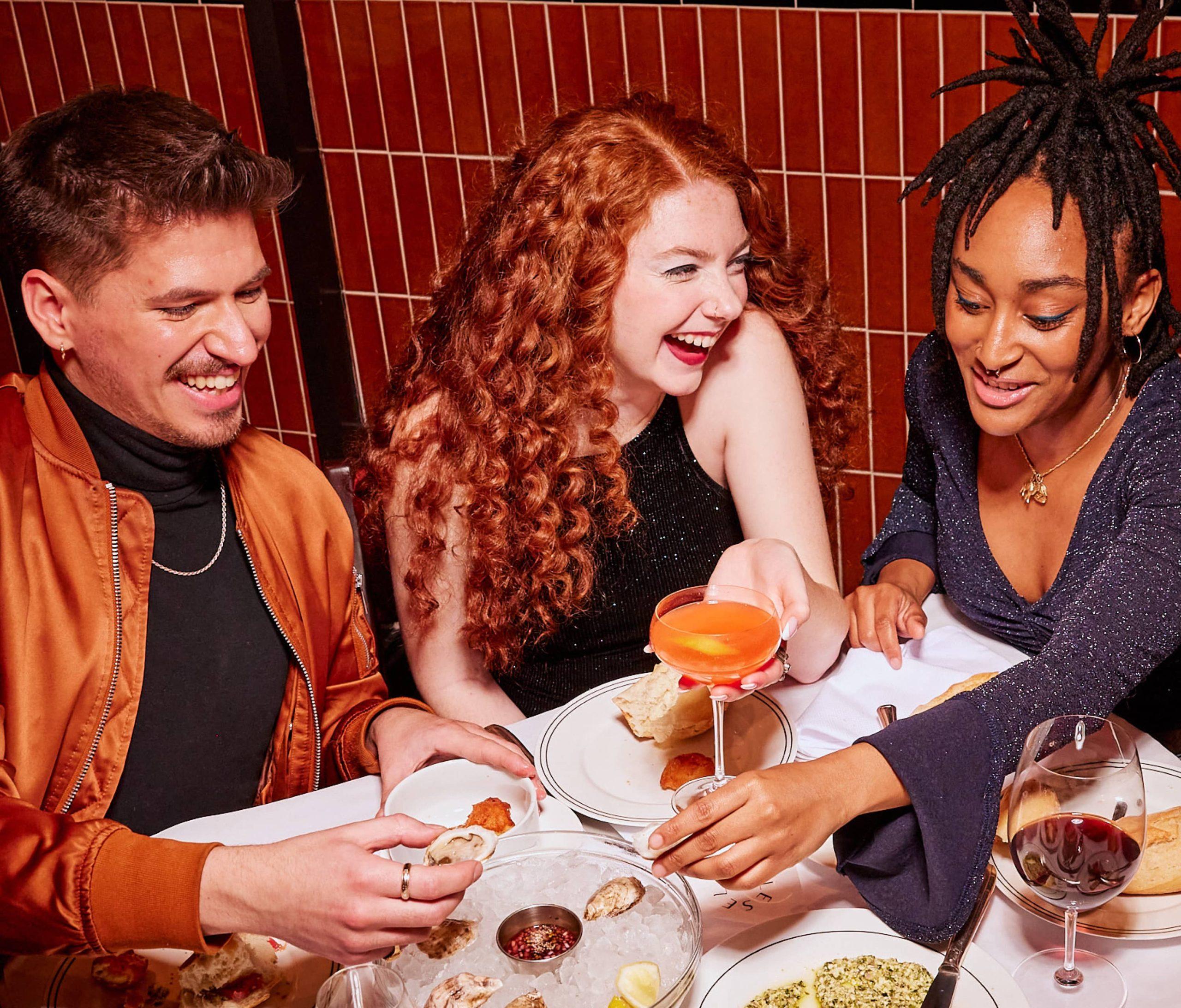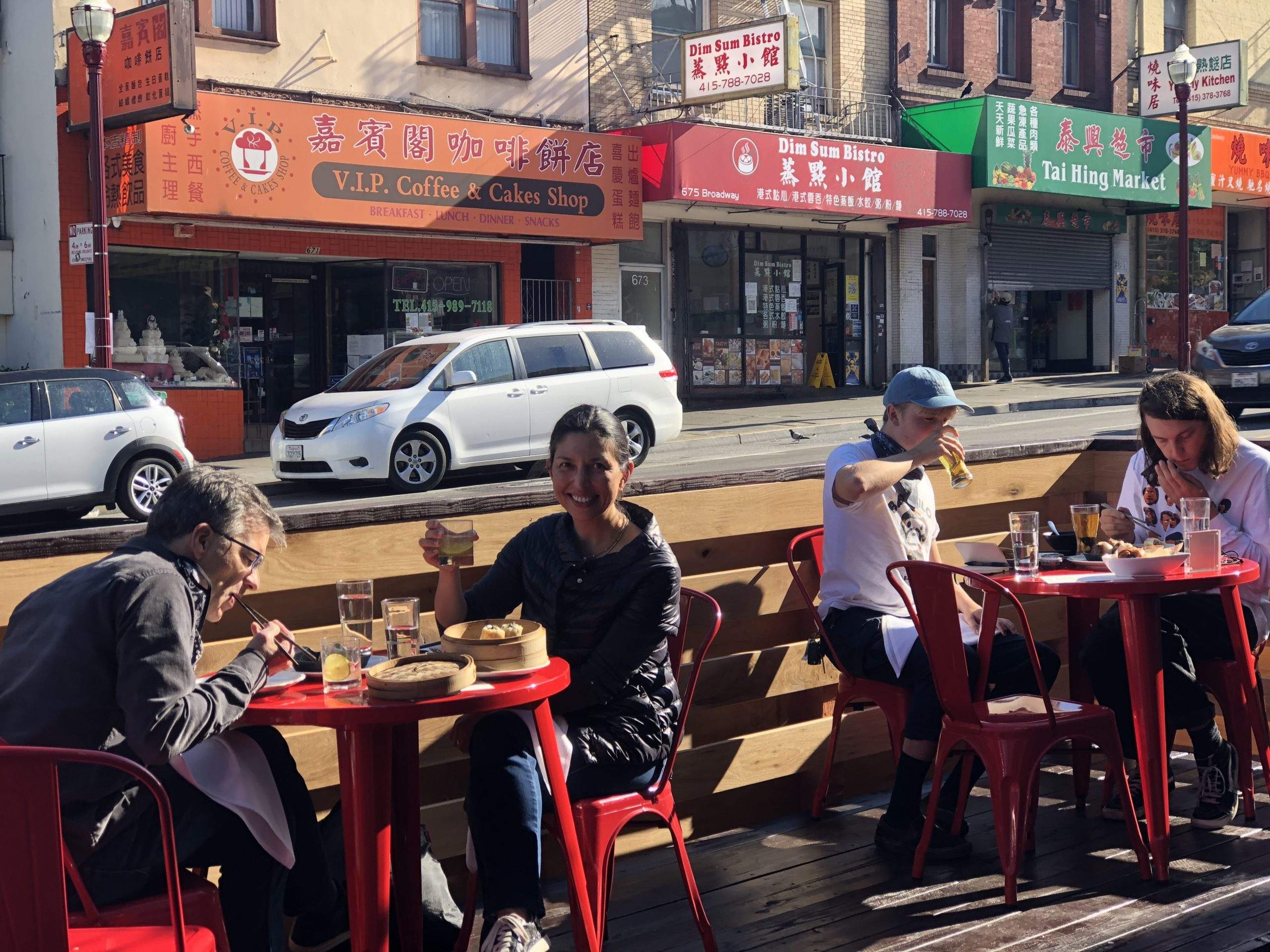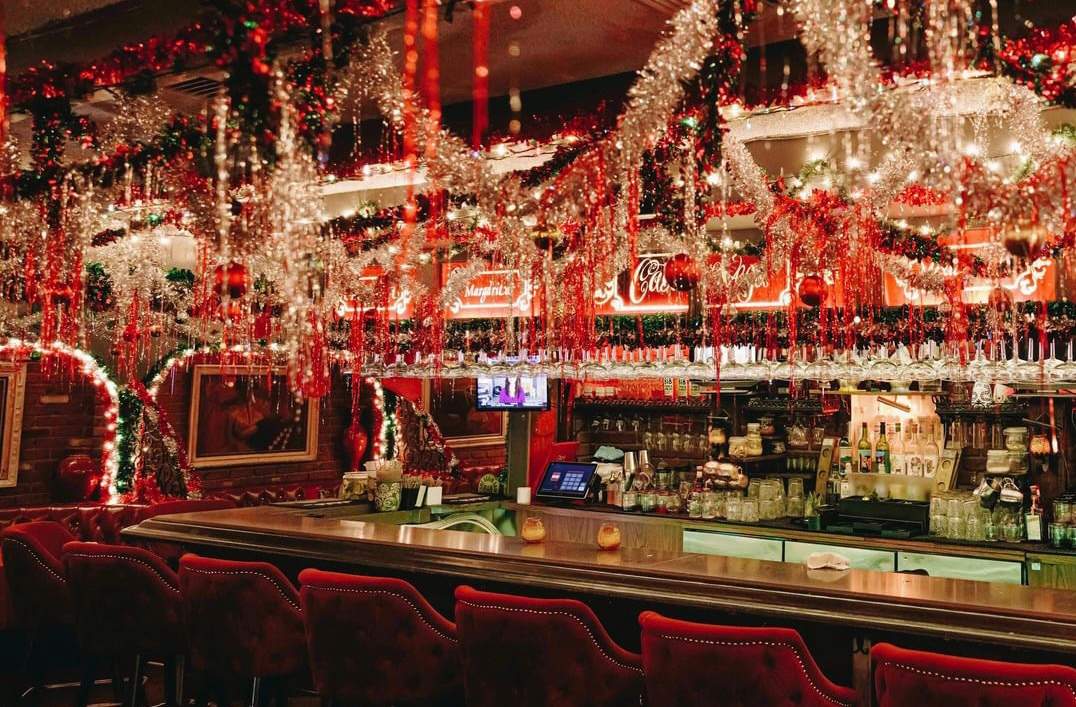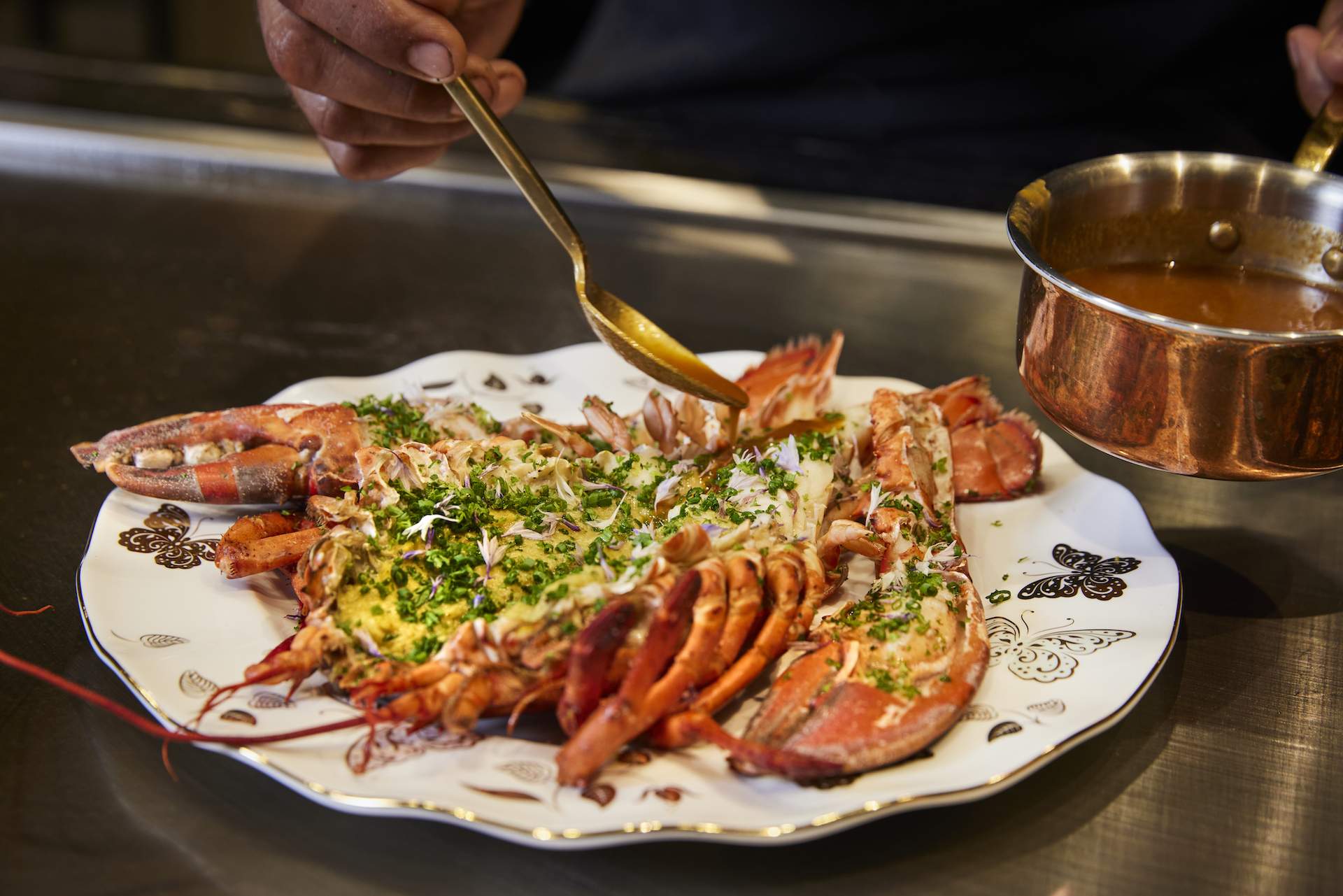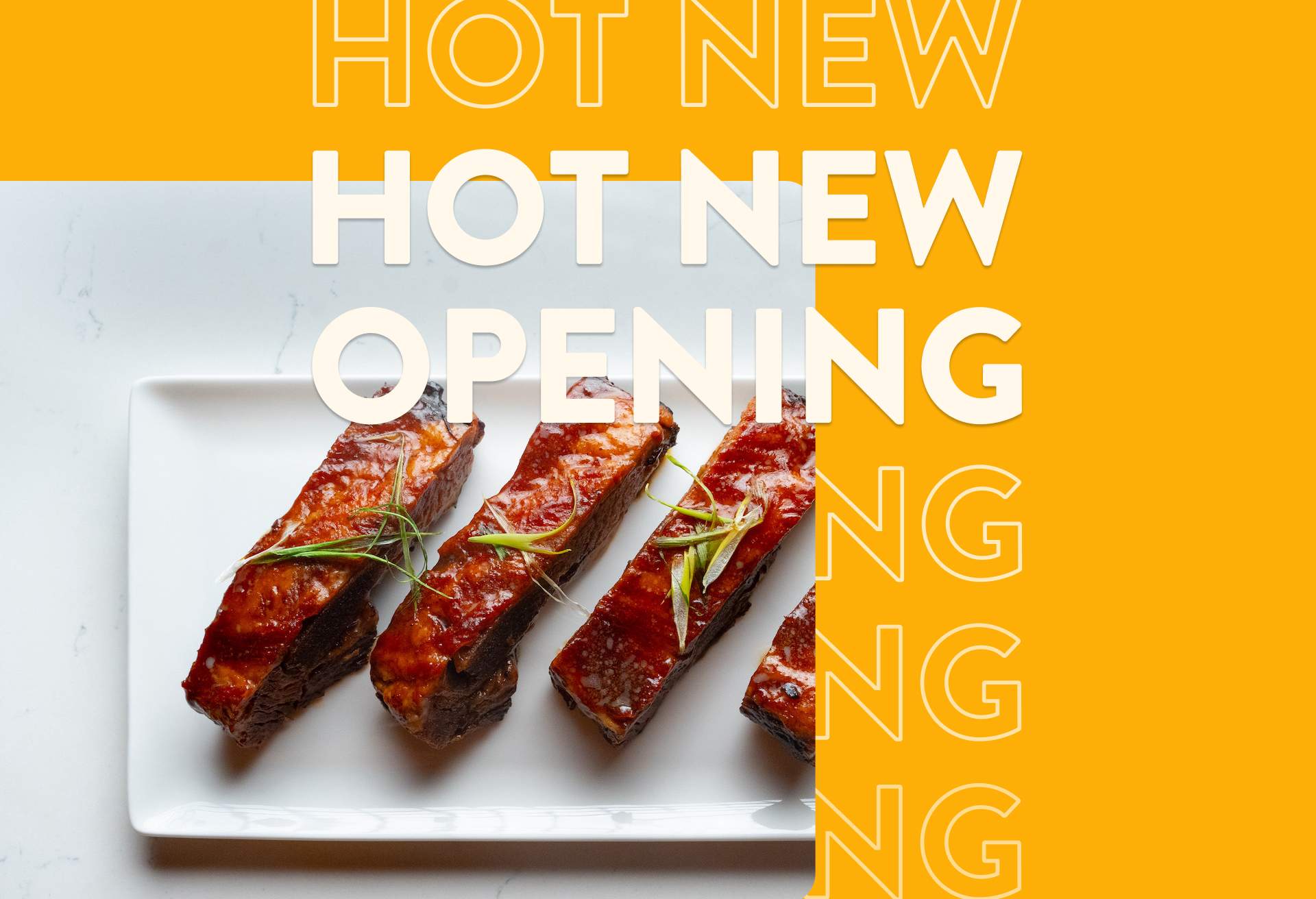When George Chen and his wife Cindy Wong-Chen opened the sprawling San Francisco food hall China Live in 2017, Chen was already an accomplished restaurateur. He had moved to the U.S. at the age of 10, started working in restaurants when he was 15, and opened more than a dozen restaurants in the Bay Area and Shanghai (including San Francisco’s acclaimed Betelnut). With investment exceeding $20 million, China Live is an emporium of bars, restaurants, and a retail marketplace, where Chinese barbecue rubs shoulders with dim sum and wok stations.
“I see this as a new, modern form of Chinese restaurant, not your old-school mom-and-pop place,” says Chen. “We used to do over a thousand people a day. We became a destination restaurant.”
Notice used to. The pandemic hit in early 2020, and in February China Live’s sales took a 30% dive. By March, everything was shut down. Chen laid off all of his employees (including 182 full-time workers), asked for volunteers to stay on, and drew a line of credit to pay purveyors. As a Chinese concept, the restaurant faced further challenges of xenophobia and racism, exacerbated by references to the “Chinese virus” and a corresponding wave of hate against Asians. In a March 2020 interview with Eater, Chen said, “This is like armageddon.”
But neither COVID-19 nor anti-Asian sentiment has meant the end of China Live. The experience has been revamped, thanks to the Chens’ determination and plenty of support from guests. Learn five ways they changed their operations and leaned on their community to overcome the restaurant industry’s biggest crisis yet.
1. Change perceptions through food
From the beginning of China Live, Chen wanted to change the way Americans perceive Chinese food. “People think of Chinese food as a greasy spoon joint, and you’re not really trusting it,” he says. “That’s the myth across America.”
As a result, five open cooking stations fill China Live’s vast space, allowing diners to see fresh, farm-to-table food being prepared. Menus change daily, and cleanliness and sanitation are front and center.
That transparency and education have become all the more important during the pandemic. Through the many different styles of cuisine offered, employees are able to educate guests about Chinese food and, ultimately, upend some of those misconceptions. Chen has also used the restaurants’ social media handles to promote awareness and action against anti-Asian discrimination. In response, he’s received personal messages from customers offering their support.
“People need to be educated,” he says. “Once they know people’s food and understand them better, then they accept them more. Through China Live and the cuisine we do, we’re hoping to bridge that gap, to bring people closer together so there is less prejudice. I think we’ve succeeded in that.”
2. Think outside your four walls
Even before COVID-19 hit, takeout made up a substantial portion of China Live’s business. Immediately after the shutdown, they joined all delivery platforms (keeping just their chef and a handful of managers on staff), and kept the lights on with to-go orders.
Meanwhile, Chen looked for ways to keep serving guests as regulations changed from day to day. He built a parklet in the space where valet parking and pickup had been and paid $15,000 to add a roof in December, allowing China Live to increase outdoor seating to around 60 people. He launched a monthly pop-up in Marin, just north of San Francisco, which now does nearly $10,000 worth of business. And after a group of Chez Panisse and French Laundry alums offered to bring his food to more people via ghost kitchens, he adapted dishes so their chefs could cook and deliver China Live food successfully. Today, the ghost kitchens make up 20 to 30% of his business. Chen even built a new commissary to manage takeout operations.
“I knew if we didn’t sell outside our four walls—conventions, business meetings, people working from home—we were dead,” says Chen. “These things are the future.”
3. Rethink the retail experience
At the same time diners come to China Live to eat and drink in the space’s restaurants and bars, they also come to shop—for pantry items, tea sets, cookware, and gifts inspired by the cuisine. With indoor dining restricted, Chen seized an opportunity to double down on retail efforts.
His team developed more condiments and sauces, which had been a hit with customers, and packaged other snacks, including duck fat popcorn and chocolate fortune cookies. They also created kits to market to diners who were sheltering in place, such as movie night kits for sofa snacking.
Finally, China Live’s massive footprint made distancing tables indoors possible, unlike in many other San Francisco restaurants. The team placed retail displays between tables so that each party would be surrounded by merchandise.
As Chen explains, “People were not only six feet apart, but they were in their own cocoon—and ‘hey, look, they’re selling a cute wok set!’”
4. Build a better, fairer business
Of all of the blows that COVID-19 dealt, Chen says losing his employees was among the worst. “I don’t think anybody gets used to laying off one person, let alone over 200,” he says.
At the same time, the pandemic presented an opportunity to restructure wages among a slimmed-down team. Last spring, Chen instituted a service charge to help out the few front-of-house staffers that he retained, because “people making a couple of bucks above minimum wage aren’t going to make it, and it’s not fair.” The 20% fee is split between the front and back of house, with none allocated to the company.
Under the new system, Chen says his best server is making more than he did before the pandemic, since guests have been generous with tips. Meanwhile, kitchen staff earn $3 to $4 more per hour than they did before.
Says Chen: “COVID pushed me to change a system that was broken.”
5. First survive, then thrive
Coming out of the pandemic, investors have approached Chen with invitations to expand to cities across the country: Houston, Miami, or Chicago. They have real estate places to fill, and Chen’s pivots are proof the China Live brand is here to stay. Still, he’s careful to recover fully before taking on new projects.
“It’s exciting that there are people willing to fund our future, but we have to survive this and excel,” he says.
Going forward, he plans to move “smarter” and “leaner,” keeping plenty of cash flow and reserves to sustain the business. He feels hopeful seeing people return to restaurants and vows to provide hospitality “one guest at a time.”
“This was a dream that [my wife and I] had, and the dream’s not going to die because of the virus,” Chen says. “I’m trying to learn from this really difficult experience. I’m not quitting.”
